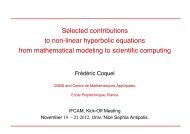The construction of the wonderful canon of logarithms
The construction of the wonderful canon of logarithms
The construction of the wonderful canon of logarithms
Create successful ePaper yourself
Turn your PDF publications into a flip-book with our unique Google optimized e-Paper software.
46 Construction <strong>of</strong> <strong>the</strong> Canon.<br />
Outline <strong>of</strong> <strong>the</strong> Construction, in ano<strong>the</strong>r<br />
form,<br />
<strong>of</strong> a Logarithmic Table.<br />
60. OINCE <strong>the</strong> <strong>logarithms</strong> found by 54 sometimes differ<br />
^ from those found 4y 58 {for example, <strong>the</strong> logarithm<br />
<strong>of</strong> <strong>the</strong> sine 378064 is 32752756 by <strong>the</strong> former, while by<br />
<strong>the</strong> latter it is 32752741), it would seem, that <strong>the</strong> table <strong>of</strong><br />
sines is in some places faulty. Wherefore I advise <strong>the</strong><br />
learned, who perchance may have plenty <strong>of</strong>pupils and computers,<br />
to publish a table <strong>of</strong> sines m,ore reliable and with<br />
larger num,bers, in which radius is made 1 00000000, that<br />
is with eight cyphers after <strong>the</strong> unit instead <strong>of</strong> seven only.<br />
<strong>The</strong>n, let <strong>the</strong> First table, like ours, contain a hundred<br />
numbers progressing in <strong>the</strong> proportion <strong>of</strong> <strong>the</strong> new radius<br />
to <strong>the</strong> sine less than it by unity, namely <strong>of</strong> 1 00000000 to<br />
99999999.<br />
Let <strong>the</strong> Second table also contain a hundred numbers in<br />
<strong>the</strong> proportion <strong>of</strong> this new radius to <strong>the</strong> number less than<br />
it by a hundred, namely <strong>of</strong> 100000000 to 99999900.<br />
Let <strong>the</strong> Third table, cilso called <strong>the</strong> Radical table, contain<br />
thirty-five columns with a hundred numbers in each<br />
column, and let <strong>the</strong> hundred numbers in each column progress<br />
in <strong>the</strong> proportion <strong>of</strong> ten thousand to <strong>the</strong> number less<br />
than it by unity, namely <strong>of</strong> 1 00000000 to 99990000.<br />
Let <strong>the</strong> thirty-five proportionals standing first in all <strong>the</strong><br />
columns, or occupying <strong>the</strong> second, third, or o<strong>the</strong>r rank, progress<br />
among <strong>the</strong>mselves in <strong>the</strong> proportion <strong>of</strong> 100 to 99, or<br />
<strong>of</strong> <strong>the</strong> new radius 1 00000000 to 99000000.<br />
In continuing <strong>the</strong>se proportionals and finding <strong>the</strong>ir <strong>logarithms</strong>,<br />
let <strong>the</strong> o<strong>the</strong>r rules we have laid down be observed.<br />
From



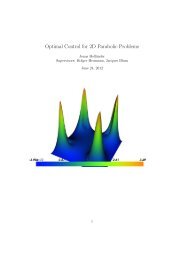
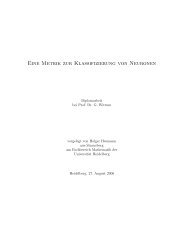
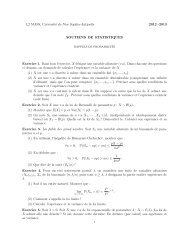
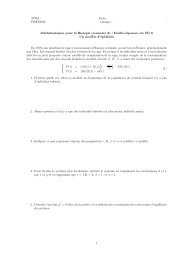


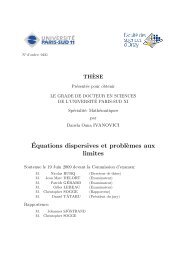
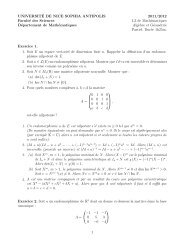
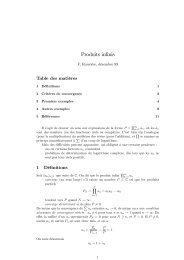
!['eries enti\`eres (+ [D78 Th d'Abel angulaire])](https://img.yumpu.com/14067031/1/184x260/eries-entieres-d78-th-dabel-angulaire.jpg?quality=85)
